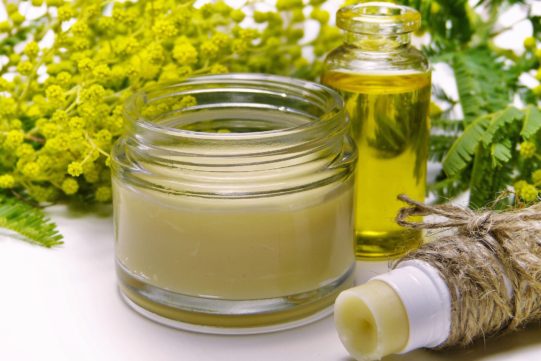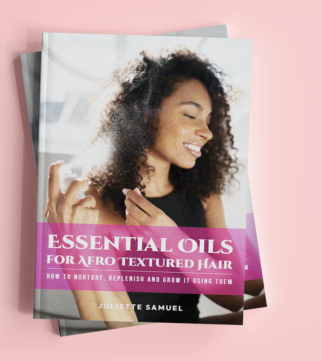To care for your skin, is oh so basic. Why do we take something so simple, and make it so complicated?
It’s the largest organ of your body. Go figure! That being said …
How Do You Take Care of Your Skin and Keep It Basic and Simple.
It has three main layers. The ingredients you use will make a big difference in h’ow your skin looks and feels. You’ve heard them mentioned numerous times before. If you haven’t or you’re a little fuzzy on what they are,
Here Goes …
Epidermis – This is the top layer of your skin. The layer, that you pick and prod on the most. It protects you from the elements, at least it tries to. When you walk out into frigid weather in paper thin coats, you’re asking a lot of your skin.
In all fairness, if you’ve been trained in how to raise your Qi, your energy source, it’s possible your skin will not suffer.
In reality, the epidermis/outer layer of skin, is about as thick as a piece of paper. Under some magnifiers, it looks like tile being held together with grout. Your epidermis is the fat between your protective skin cells. These protective skin cells is what makes your skin waterproof.
Your beautiful dark complexion comes from the melanin that’s made deep within the epidermis.
What’s Next?
The Dermis – This is what’s known as the meat of your skin. Your dermis layer contains all of the connective tissues, blood vessels, hair follicles, sweat glands as well as nerve endings.
Your dermis layers are not as tightly packed as your epidermis. This allows for the flow of blood and lymph in your body.
Collagen fibers contribute to the structure of your skin. Therefore, it helps bolster resistance to injuries and helps with the repair of your skin when injured.
Then there’s the Hypodermis – This is mostly fat that sits on top of all your muscles. It’s the deepest layer of your skin. This layer of skin is what insulates your from cold temperatures.
How to Care For Your Skin …
Now that you have a basic understanding of how your skin is layered, here’s how simple it is to take care of it.
You cleanse and moisturize it. It’s not rocket science. The key, is to know your skin type, so that you use products with the right ingredients.
Your face needs different products and ingredients than your body. Heavy lye based soaps can be challenging to sensitive skin, when it comes to your body. A liquid soap might give your skin a better result.
On the other hand, it’s not a good idea to use soap on your face. Cream based cleansers work better for normal, sensitive and mature skin. Gel based cleansers work better for acne or oily skin types.
Your body can handle oil based moisturizers that can be slathered from neck to toe. They’re great to apply after your shower or bath. Your face will fair better with cream based moisturizers.
Some of you will benefit from essential oil products that are housed in olive, grapeseed or jojoba oils for skin and body care. Climates and temperatures will play a major role in what oils you choose. I’ve learned that olive oil works well when used in colder months on your body.
One last thought …
Exfoliation plays a major role in caring for your skin. Over your lifetime, you shed 40 pounds of dead skin cells from your body. That’s just speaking of what naturally sheds. What about the cells that don’t shed and begin to pile up on top of each other?
Your skin will begin to show you what’s going on. It will turn gray and ashy. That’s the build up of dead skin cells staring at you in the mirror.
To recap … cleanse, moisturize and exfoliate. This is the simple route. You can bring other levels of care into the mix, once you’ve taken care of the basics.
That’s it for this week. As always …
Dedicated to Your Beauty,
Juliette Samuel,
Esthetician/Author/Publisher





 Facebook
Facebook Twitter
Twitter Delicious
Delicious Digg
Digg Myspace
Myspace StumbleUpon
StumbleUpon Youtube
Youtube